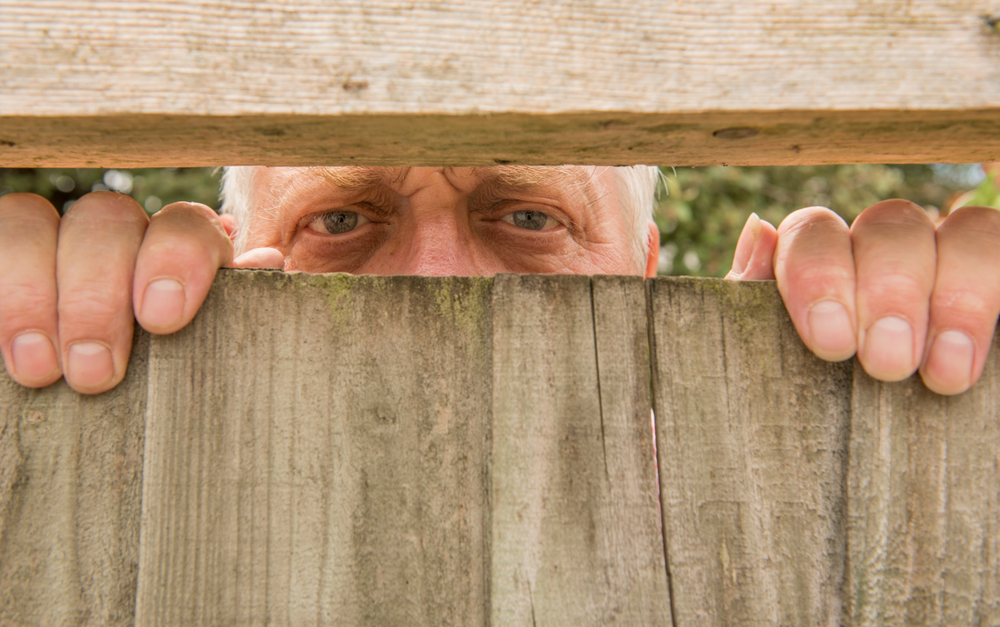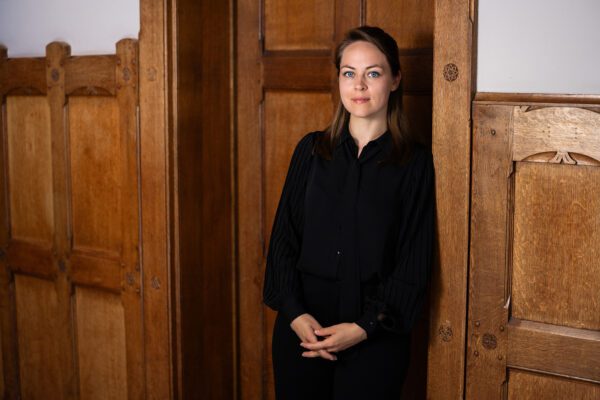Specific rules apply to common matters. In this article, I will discuss the establishment of commonality and the rights and responsibilities of the joint owners.
Commonality
The law stipulates that an immovable property is common when it belongs to two or more plot owners, and it is recorded in a notarial deed that the property serves a common utility (article 5:60 of the Dutch Civil Code (‘DCC’)). One can think of a (party) wall between two houses, a fence or hedge between gardens, or a footpath or alleyway between neighboring plots. Commonality can arise based on the law or based on an act of the involved owners.
Commonality based on the law
The law provides that a party wall between two houses is automatically common (article 5:62 paragraph 2 DCC). A freestanding party wall, fence, or hedge (for example, between gardens) is common if the cadastral boundary runs under the wall (article 5:62 paragraph 1 DCC). If this is not the case, the wall is on private land and thus belongs to the (private) ownership of a plot owner.
Note that when a freestanding wall, fence, or hedge has been on private land for a long time in deviation from the cadastral boundary, the boundary may shift through prescription.
Commonality based on an act
Commonality can also arise based on an act. Two or more owners can have it recorded in a notarial deed that an immovable property is common. Think of a footpath or alleyway at the end of adjacent plots. The joint owners can then make agreements in the same deed regarding the rights and responsibilities of the joint owners.
Rights and responsibilities
What does the law say about the rights and responsibilities of joint owners? It determines, among other things, that all owners are jointly responsible for the maintenance and repair of the common property, and that the costs thereof are borne jointly (article 5:65 DCC).
Furthermore, a joint owner may not make changes to the common property without the permission of the other owner(s). A fence may not be moved or replaced without the permission of the other owner(s). However, a joint owner may build against the common property or attach beams or other works to it. The condition is that this is done up to a maximum of half of the common property, and that no harm is caused to the common property and the works already connected to it (article 5:67 paragraph 1 DCC).
Conclusion
Disputes often arise between neighbors regarding the commonality of a property. For example, in a situation where one neighbor has placed a fence – at their own expense – on the cadastral boundary. Does the other neighbor then become a co-owner? Or when the fence is installed at joint costs but on one of their plots. Who is then the owner?
More information?
Commonality can be a complex legal issue. It is important to know your rights and responsibilities. If you want to learn more about commonality or if you have a dispute with your neighbor about its legal implications, please contact us.

